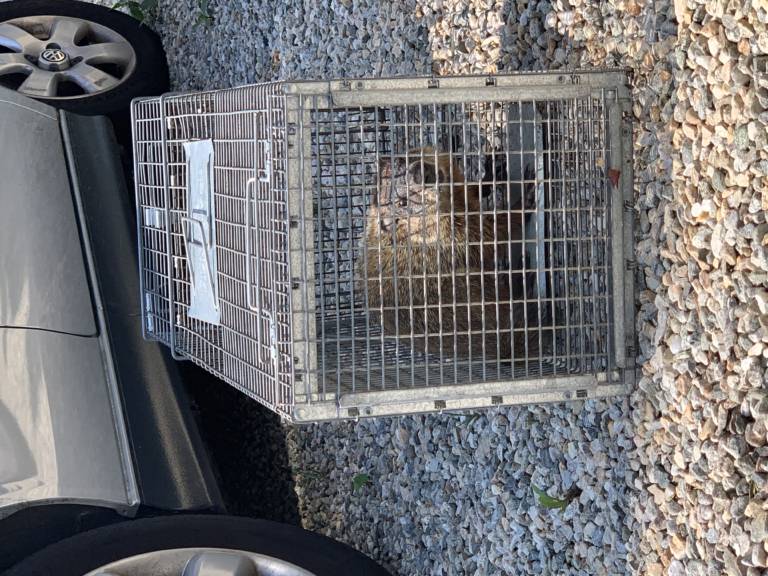Signs You Have a Wildlife Infestation in Your Chimney
Your chimney may seem secure, but many wildlife species see it as an ideal nesting spot. Raccoons, squirrels, and certain bird species frequently choose Connecticut chimneys for shelter. Recognizing the signs of infestation early can prevent damage, odors, and safety hazards.
One sign is unusual noises coming from the fireplace. Scratching, thumping, chirping, or fluttering noises often mean animals are inside. Raccoons produce slow, heavy sounds, while squirrels create quick, erratic movements. Birds can cause constant fluttering or chirping throughout the day.
Another indicator is foul odors. Droppings, nesting materials, and dead animals can produce strong smells that enter your home through the fireplace or ventilation. If you smell ammonia-like odors, you may have wildlife or droppings in the flue.
Check for visible debris in the hearth such as twigs, leaves, or soot buildup. Animals often push nesting materials downward or cause soot to fall. You may also notice raccoon footprints on the exterior chimney or damage to chimney caps.
Never attempt to smoke out wildlife. Lighting a fire can kill animals inside, create dangerous blockages, and potentially send smoke or fire back into your home. Instead, a wildlife specialist can remove the animals safely using humane extraction techniques.
Once wildlife is removed, installing a high-quality chimney cap prevents future intrusions. Chimney caps keep birds, raccoons, squirrels, and debris out while allowing proper ventilation for your fireplace.
Chimney infestations require prompt attention to avoid property damage and health risks. Early intervention keeps your chimney safe and wildlife-free.

